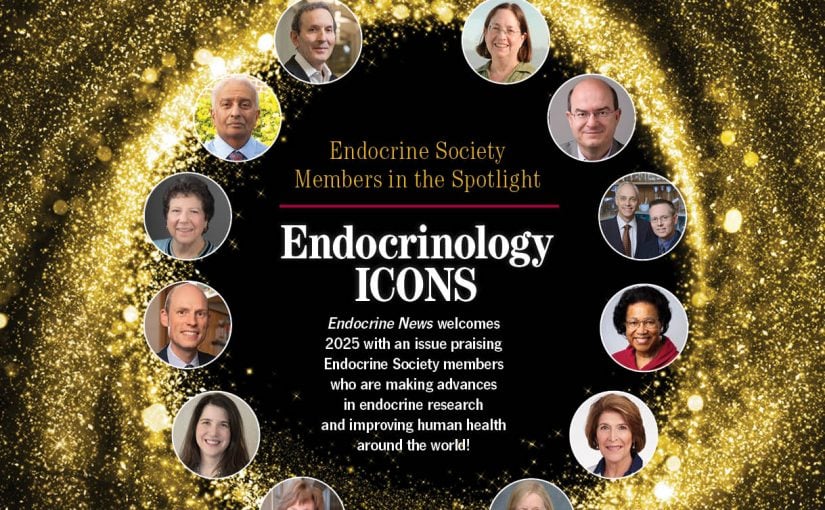On March 31st,NBC Nightly News ran a story about how weight loss surgery can be an effective way to combat type 2 diabetes. Readers of Endocrine News have known this for months because this very topic was the subject of the December 2013 issue’s cover story, “Pipe Dreams” by Eric Seaborg, which was drawn from data published in the May 2013 issue of The Journal of Clinical Endocrinology and Metabolism. This is further proof of how the publications of the Endocrine Society provide its members with the latest research breakthroughs.
As we anticipate ICE/ENDO 2014 next month in Chicago, no doubt there will be sessions so popular that the room will be “standing room only.” Such was the case with “Transgender Medicine: What Every Physician Should Know,” a jam-packed session I attended at ENDO 2013 last year in San Francisco. While conventional wisdom says that a typical endocrinologist will treat very few — if any — transgender patients throughout his or her career, the crowd attending this session proved that there is a lot of interest in this subject. As Eric Seaborg writes in “About-Face” (p. 16), “For people who do not fit comfortably into their assigned gender’s looks and roles, their distress originates primarily from the stigmatization that society imposes.” While the article touches on a variety of factors in treating these individuals, education and a sympathetic bedside manner are surely two important components in treating these unique and often fascinating patients.
Glenda Fauntleroy has written a comprehensive and compelling article on Cushing’s disease that truly enthralled me when I first read it. In “One in a Million” (p. 22), we are given the stark realities of this rare disorder — there are only one to three cases out of a million patients, hence the title — and like all endocrine maladies, physician education is key to successful outcomes. According to the article, one of the biggest stumbling blocks to dealing with Cushing’s is in the initial diagnosis; since its symptoms mimic those of other, more common conditions, treatment is often delayed … sometimes for far too long.
Kurt Ullman’s “Helping Hands” article (p. 33) gets to the very heart of the issue facing many clinicians: Too many patients and too few doctors. If your practice has ever considered seeking assistance from an advanced practitioner such as a nurse practitioner or a physician’s assistant, there are myriad factors to consider. Aside from the cost and the needs of your practice, you should double check what your state’s medical board requires of such practitioners.
Hopefully, this mix of topics will give you something to discuss with your colleagues in Chicago at ICE/ENDO 2014 next month. If you haven’t registered yet, be sure to go to ice-endo2014.org. See you in the Windy City!
Mark A. Newman
Managing Editor, Endocrine News

